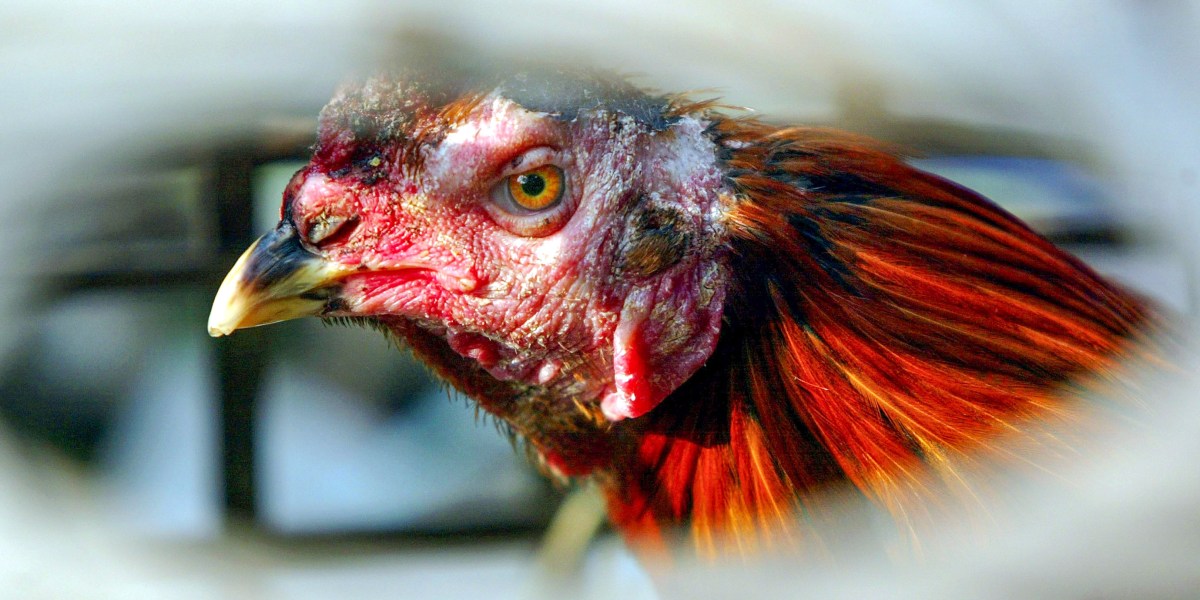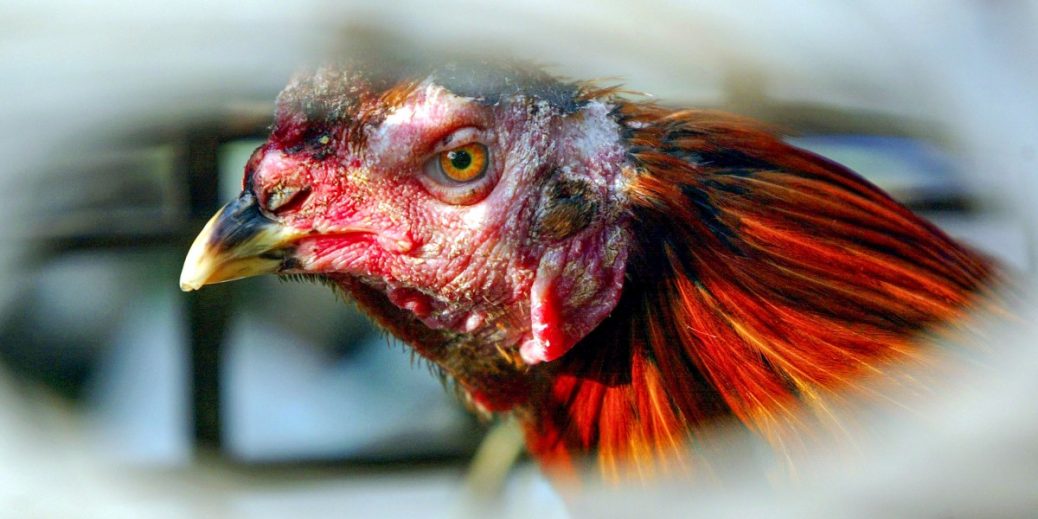
But the rash of recent infections among livestock is unsettling. Last month, goats in Minnesota tested positive. And avian influenza has now been confirmed in dairy cows in Texas, Michigan, Kansas, New Mexico, and Idaho. In some of those cases, the virus appears to have spread between cows. This week, let’s take a look at what we know about this new outbreak and what people are doing to prepare for further spread.
The strain of flu infecting dairy cows—H5N1—is a highly pathogenic avian influenza. Scientists have been watching these viruses closely since the 1990s because of their potential to spark a pandemic. In 1997, avian influenza sickened humans for the first time. Eighteen people in Hong Kong became infected, and six died.
Small spillovers into mammals aren’t uncommon for these viruses, especially in recent years. Avian influenza has been reported in mink, skunks, raccoons, coyotes, seals, sea lions, and bears, to name a few. But having the virus in domesticated mammals that come into frequent contact with humans is new territory. “Exactly what happens when an avian flu virus replicates in a cow and potentially transmits from cow to cow, we actually don’t have any idea at all,” says Richard Webby, a virologist at St. Jude Children’s Research Hospital who studies avian influenza.
Here’s the good news: even though the virus is infecting dairy cows (and now one dairy worker), “this is still very much a bird virus,” Webby says. Genetic sequencing by the USDA and the Centers for Disease Control suggests that these new infections are caused by a strain of flu that’s nearly identical to the virus circulating in wild birds. Few of the changes they did identify would allow it to spread more easily in mammals.
The spread of bird flu in cows is worrisome, but not as worrisome as it would be if the infections were happening in pigs, which are an ideal mixing vessel for flu virus. Pigs are susceptible to swine flu, avian influenza, and human influenza. That’s how swine flu emerged back in 2009—multiple viruses infecting pigs swapped genes, eventually giving rise to a virus capable of human transmission.








Recent Comments